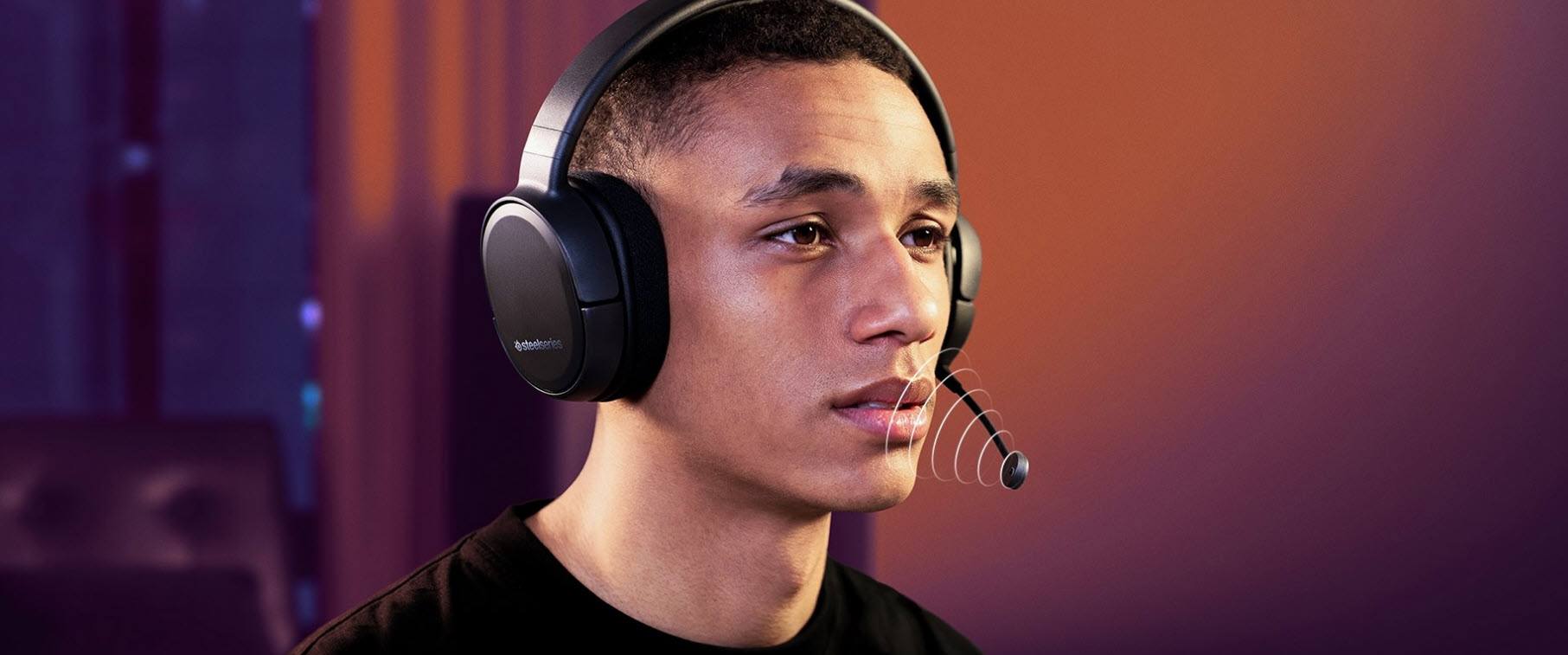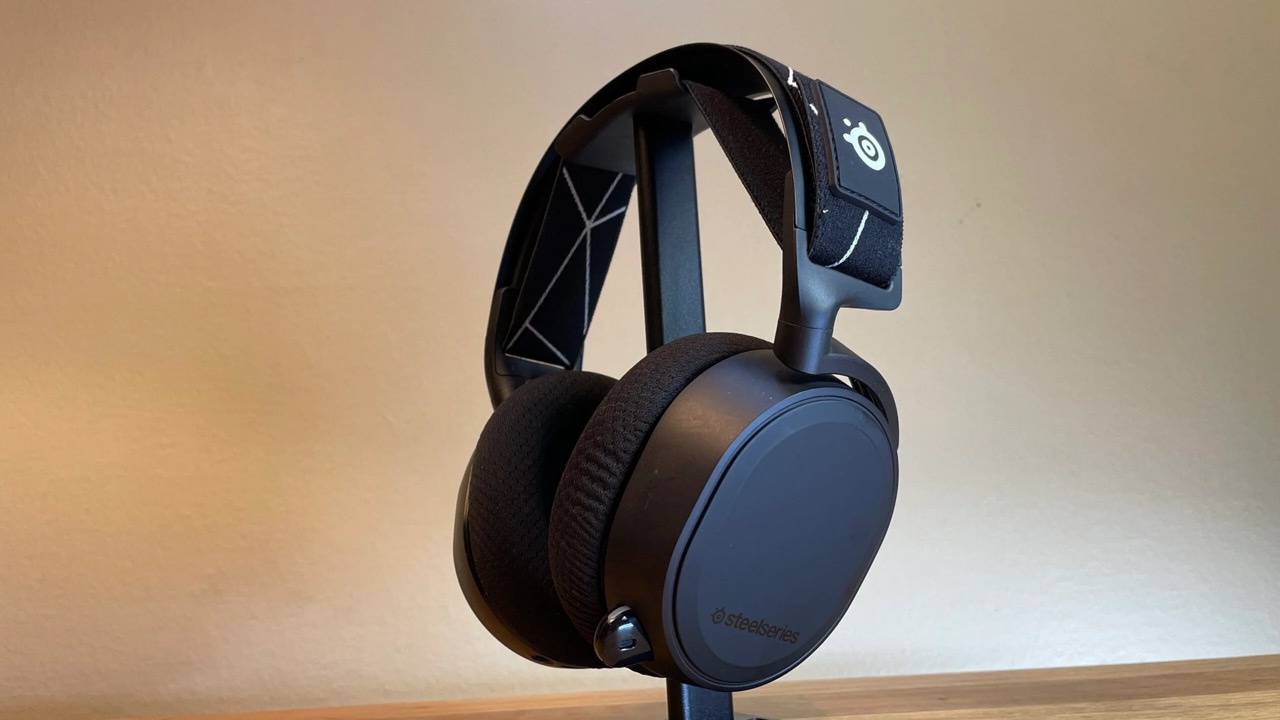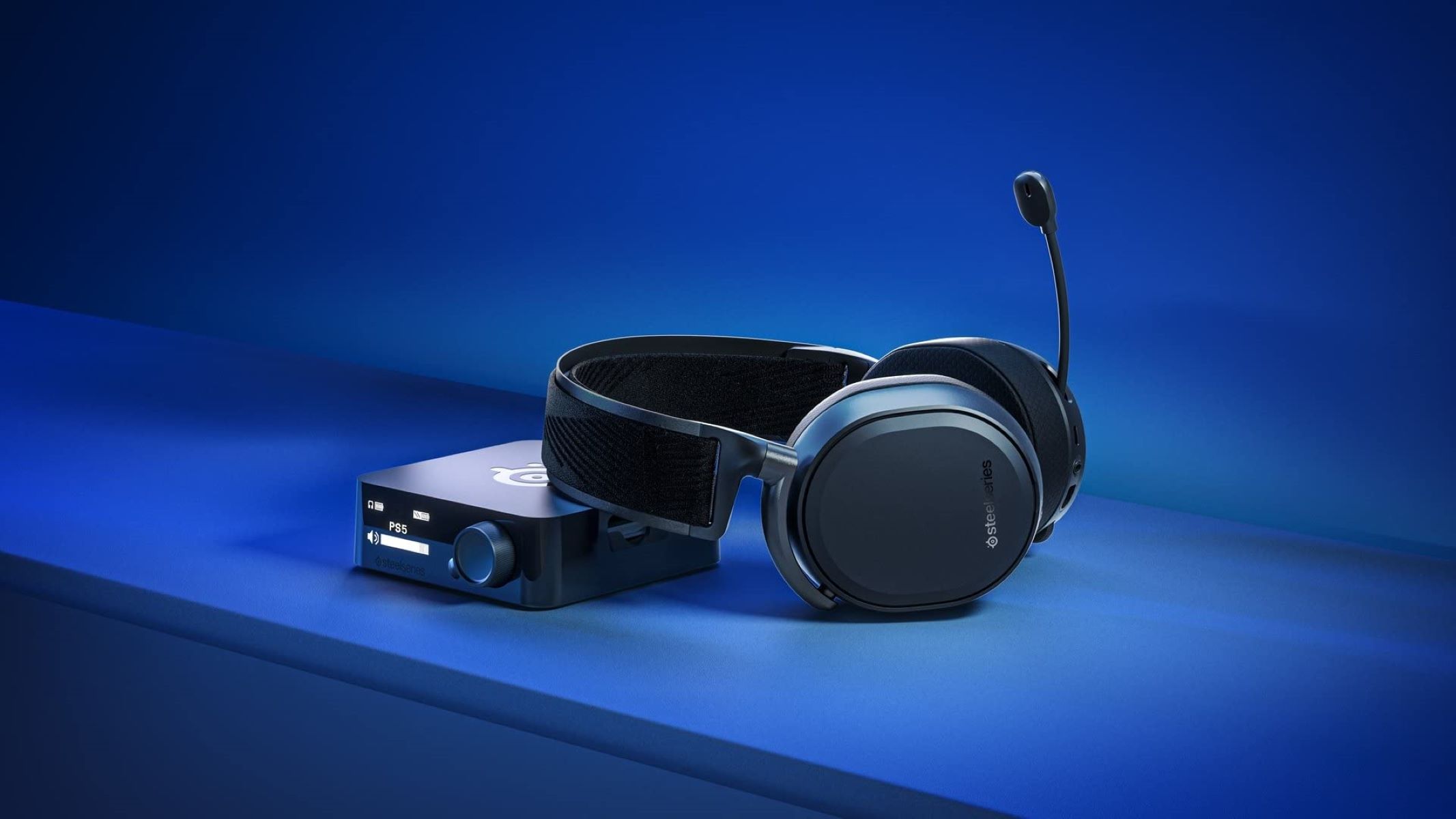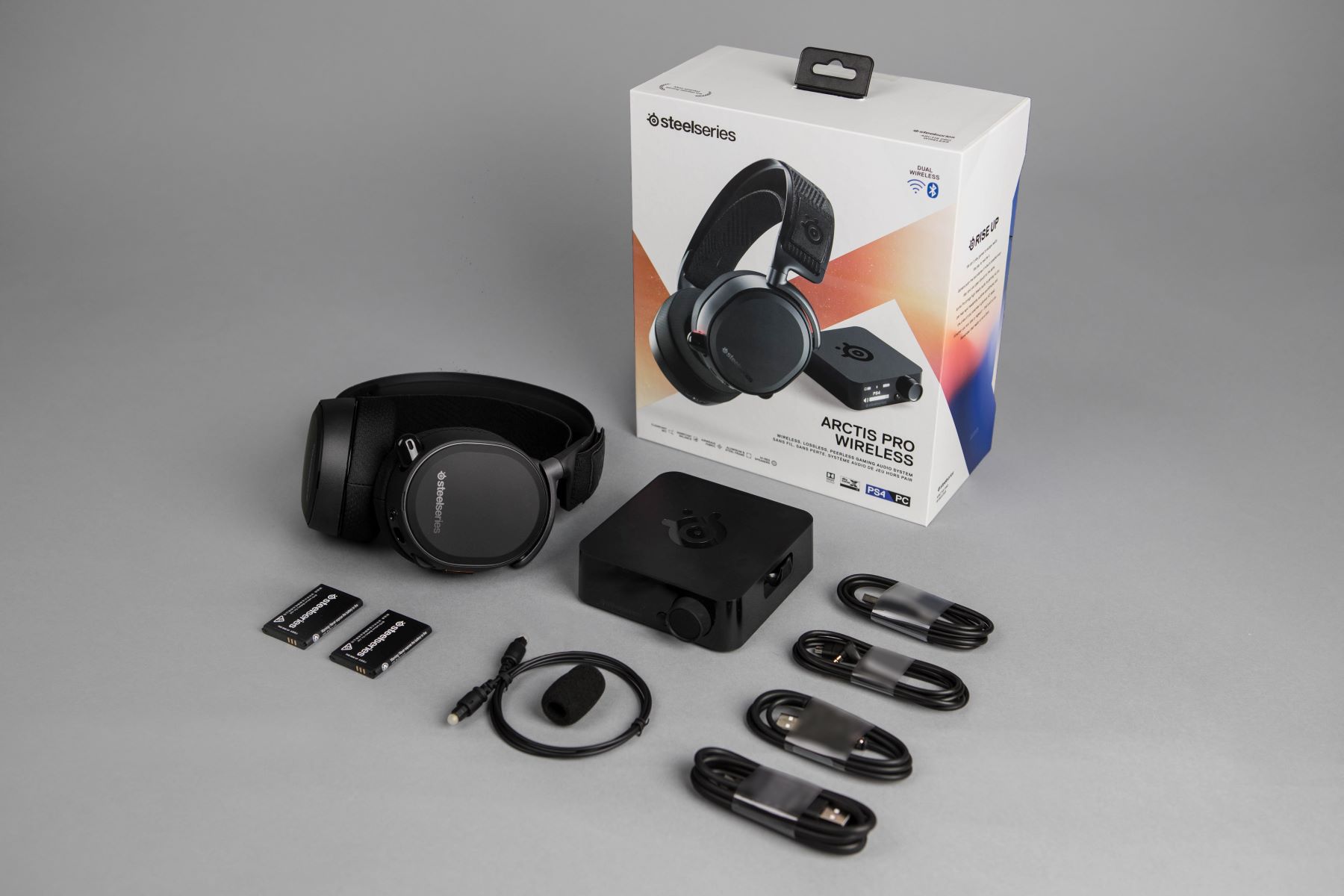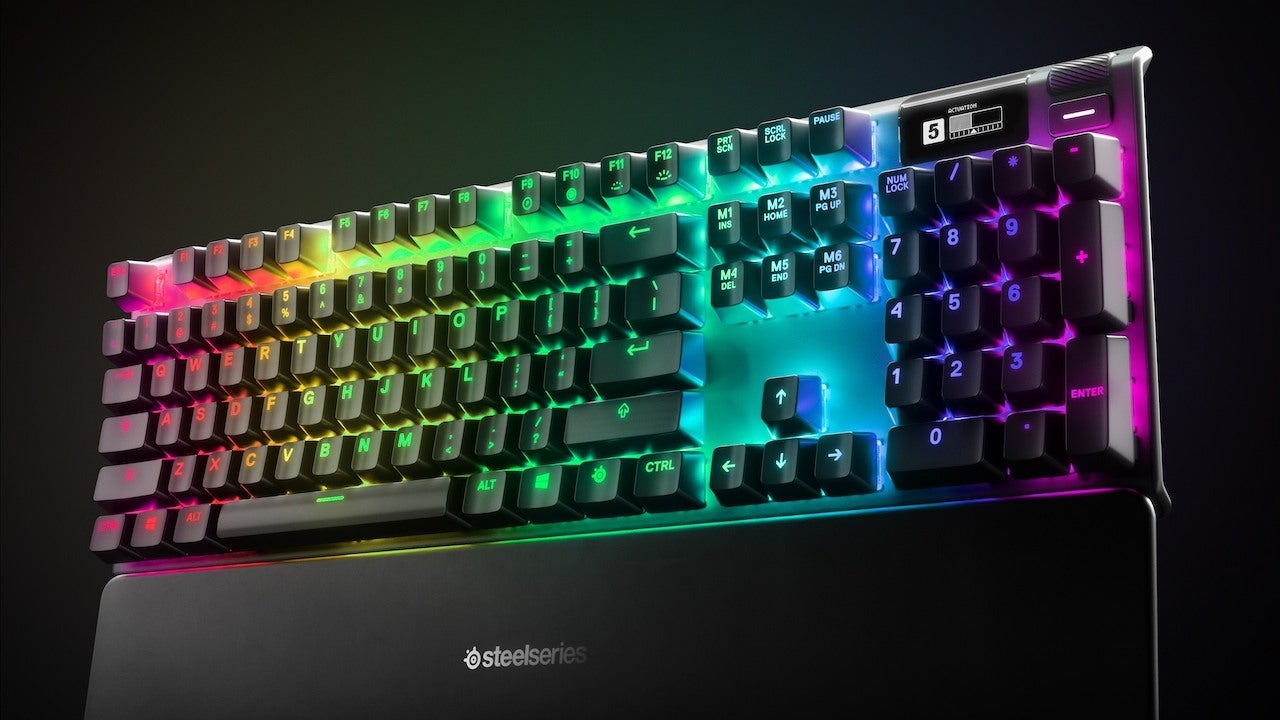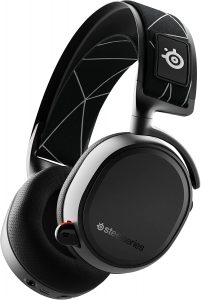Introduction
SteelSeries headsets are renowned for their exceptional audio quality and ergonomic designs, making them a popular choice among gamers, professionals, and audio enthusiasts. However, like any electronic device, SteelSeries headsets may encounter various issues that can disrupt the user experience. From connectivity problems to audio malfunctions, these issues can be frustrating, especially when you're in the middle of an intense gaming session or an important virtual meeting.
Understanding the common issues that users face with SteelSeries headsets and knowing how to troubleshoot and fix them is essential for ensuring a seamless and enjoyable audio experience. Whether you're a seasoned gamer, a remote worker, or a music aficionado, having a reliable headset is crucial, and being equipped to address potential problems can save you time and frustration.
In this comprehensive guide, we'll delve into the common issues that SteelSeries headset users encounter, providing detailed troubleshooting steps and effective fixes to resolve these issues. By the end of this article, you'll have the knowledge and tools to tackle various headset-related challenges, empowering you to make the most of your SteelSeries headset and enjoy uninterrupted audio performance.
Let's explore the world of SteelSeries headsets, uncover the prevalent issues, and equip ourselves with the expertise needed to troubleshoot and resolve these challenges. Whether you're dealing with connectivity issues, audio distortions, or microphone problems, this guide will serve as your go-to resource for conquering any obstacles that may arise with your SteelSeries headset.
Common Steelseries Headset Issues
SteelSeries headsets, known for their exceptional audio quality and advanced features, are not immune to occasional technical hiccups. Understanding the common issues that users may encounter with these headsets is crucial for effectively troubleshooting and finding appropriate fixes. Here are some of the prevalent issues experienced by SteelSeries headset users:
-
Connectivity Problems: One of the most common issues reported by SteelSeries headset users is connectivity problems. This can manifest as intermittent disconnections, difficulty pairing with devices, or failure to establish a stable connection. Connectivity issues can disrupt the audio experience and hinder seamless communication during gaming sessions or virtual meetings.
-
Audio Distortions: Users have reported encountering audio distortions such as crackling sounds, static interference, or muffled audio output. These distortions can significantly diminish the immersive audio experience that SteelSeries headsets are known for, impacting gaming, multimedia consumption, and communication clarity.
-
Microphone Malfunctions: Another prevalent issue involves microphone malfunctions, including the microphone not picking up sound, producing static or background noise, or failing to transmit clear audio to communication platforms. Given the importance of clear and reliable communication in gaming and professional settings, microphone issues can be particularly disruptive.
-
Software Compatibility: Some users have experienced challenges with software compatibility, where the headset's features and functionalities may not work as expected with specific operating systems or gaming platforms. This can lead to limited customization options, unresponsive controls, or inconsistent performance.
-
Comfort and Durability: While not strictly technical issues, comfort and durability concerns are frequently raised by users. This includes discomfort during prolonged use, issues with the headset's fit, or concerns about the durability of certain components.
Understanding these common SteelSeries headset issues is the first step toward effectively addressing and resolving them. By identifying the specific challenges that users encounter, we can proceed to explore troubleshooting steps and effective fixes to ensure a seamless and optimized audio experience with SteelSeries headsets.
Troubleshooting Steps
When faced with issues related to SteelSeries headsets, employing systematic troubleshooting steps can help identify the root cause and pave the way for effective resolution. By following these steps, users can systematically diagnose and address common problems, restoring their headset's optimal functionality. Here are comprehensive troubleshooting steps to guide users through the process:
-
Check Connectivity: Begin by ensuring that the headset is properly connected to the device. For wireless headsets, verify that the device's Bluetooth or wireless connectivity is active and that the headset is within the recommended range. If using a wired connection, inspect the cable for any signs of damage or looseness.
-
Update Firmware and Drivers: Keeping the headset's firmware and device drivers up to date is crucial. Visit the SteelSeries website or the respective device manufacturer's support page to download and install the latest firmware updates and drivers. This can address compatibility issues and enhance overall performance.
-
Adjust Audio Settings: Access the audio settings on the device and verify that the headset is selected as the default audio output and input device. Additionally, check for any audio enhancements or equalizer settings that may be affecting the audio output.
-
Test on Multiple Devices: To isolate the issue, test the headset on different devices such as smartphones, tablets, or computers. If the issue persists across multiple devices, it indicates a potential hardware or firmware-related problem.
-
Inspect Microphone Settings: If experiencing microphone-related issues, review the microphone settings on the device and ensure that the correct microphone input is selected. Adjust the microphone sensitivity and noise cancellation settings to optimize performance.
-
Reset and Re-Pair Wireless Headsets: For wireless headsets, perform a reset by following the manufacturer's instructions. Re-pair the headset with the device and ensure a stable connection. Clearing previous pairing records and starting afresh can resolve connectivity issues.
-
Check for Physical Damage: Examine the headset for any physical damage, such as frayed cables, loose connections, or worn-out components. Addressing physical damage may require professional repair or replacement of specific parts.
-
Utilize Manufacturer Resources: Refer to the headset's user manual, online support forums, or contact the manufacturer's customer support for specific troubleshooting guidance and potential solutions.
By diligently following these troubleshooting steps, users can effectively diagnose and address a wide range of issues that may arise with SteelSeries headsets. Identifying the underlying cause of the problem is essential for implementing targeted fixes and restoring the headset to optimal functionality.
Fixes for Steelseries Headset Issues
After identifying and troubleshooting the common issues encountered with SteelSeries headsets, implementing effective fixes is essential for restoring optimal functionality and ensuring a seamless audio experience. Whether addressing connectivity disruptions, audio distortions, microphone malfunctions, or comfort-related concerns, the following fixes can help users overcome these challenges and maximize the performance of their SteelSeries headsets.
-
Firmware and Driver Updates: Keeping the headset's firmware and device drivers up to date is crucial for addressing compatibility issues and enhancing overall performance. Visit the SteelSeries website or the respective device manufacturer's support page to download and install the latest firmware updates and drivers. This proactive approach can resolve software-related issues and ensure that the headset operates optimally with various devices and platforms.
-
Reset and Re-Pair Wireless Headsets: For users experiencing connectivity problems with wireless headsets, performing a reset and re-pairing the headset with the device can effectively resolve intermittent disconnections and pairing issues. Clearing previous pairing records and establishing a fresh connection can often eliminate connectivity disruptions, providing a stable and reliable wireless audio experience.
-
Audio Settings Optimization: Adjusting audio settings on the device can mitigate audio distortions and enhance the overall sound quality. Verify that the headset is selected as the default audio output and input device, and review any audio enhancements or equalizer settings that may impact the audio output. Fine-tuning these settings can significantly improve the audio experience and eliminate distortions.
-
Microphone Configuration: Addressing microphone malfunctions involves optimizing the microphone settings on the device. Ensure that the correct microphone input is selected, and adjust the microphone sensitivity and noise cancellation settings to minimize background noise and ensure clear audio transmission. These adjustments can enhance the headset's communication capabilities, particularly during gaming and virtual meetings.
-
Physical Inspection and Maintenance: Regularly inspecting the headset for physical damage, such as frayed cables, loose connections, or worn-out components, is essential. Addressing any physical damage may require professional repair or replacement of specific parts to restore the headset's functionality and durability.
By implementing these effective fixes, users can overcome the prevalent issues associated with SteelSeries headsets and optimize their audio experience. Proactively addressing firmware, software, and hardware-related challenges ensures that the headset operates at its full potential, delivering exceptional audio performance across various applications and environments.
Conclusion
In conclusion, addressing and resolving common issues with SteelSeries headsets is essential for ensuring an uninterrupted and immersive audio experience. By understanding the prevalent challenges such as connectivity problems, audio distortions, microphone malfunctions, software compatibility issues, and comfort-related concerns, users can proactively troubleshoot and implement effective fixes to optimize their headset's performance.
Through systematic troubleshooting steps, including checking connectivity, updating firmware and drivers, adjusting audio settings, and testing the headset on multiple devices, users can diagnose and isolate the root cause of the issues. This proactive approach empowers users to identify whether the problems stem from hardware, software, or connectivity-related factors, laying the groundwork for targeted solutions.
Furthermore, implementing fixes such as firmware and driver updates, reset and re-pairing of wireless headsets, audio settings optimization, microphone configuration, and physical inspection and maintenance enables users to address specific issues and restore their SteelSeries headsets to optimal functionality. These fixes not only resolve the immediate challenges but also contribute to prolonging the longevity and reliability of the headsets.
By leveraging manufacturer resources, user manuals, and online support forums, users can access specific troubleshooting guidance and potential solutions tailored to their headset model. Additionally, seeking assistance from the manufacturer's customer support can provide valuable insights and recommendations for addressing complex or persistent issues.
Ultimately, equipping oneself with the knowledge and expertise to troubleshoot and resolve SteelSeries headset issues empowers users to fully enjoy the exceptional audio quality and advanced features that these headsets offer. Whether engaging in intense gaming sessions, virtual meetings, or immersive multimedia experiences, a well-maintained and optimized SteelSeries headset enhances communication clarity, audio fidelity, and overall user satisfaction.
In the dynamic realm of audio technology, staying informed about troubleshooting methods and effective fixes is pivotal for maximizing the performance and longevity of SteelSeries headsets. By embracing a proactive and systematic approach to addressing common issues, users can elevate their audio experience and derive lasting enjoyment from their SteelSeries headsets.







